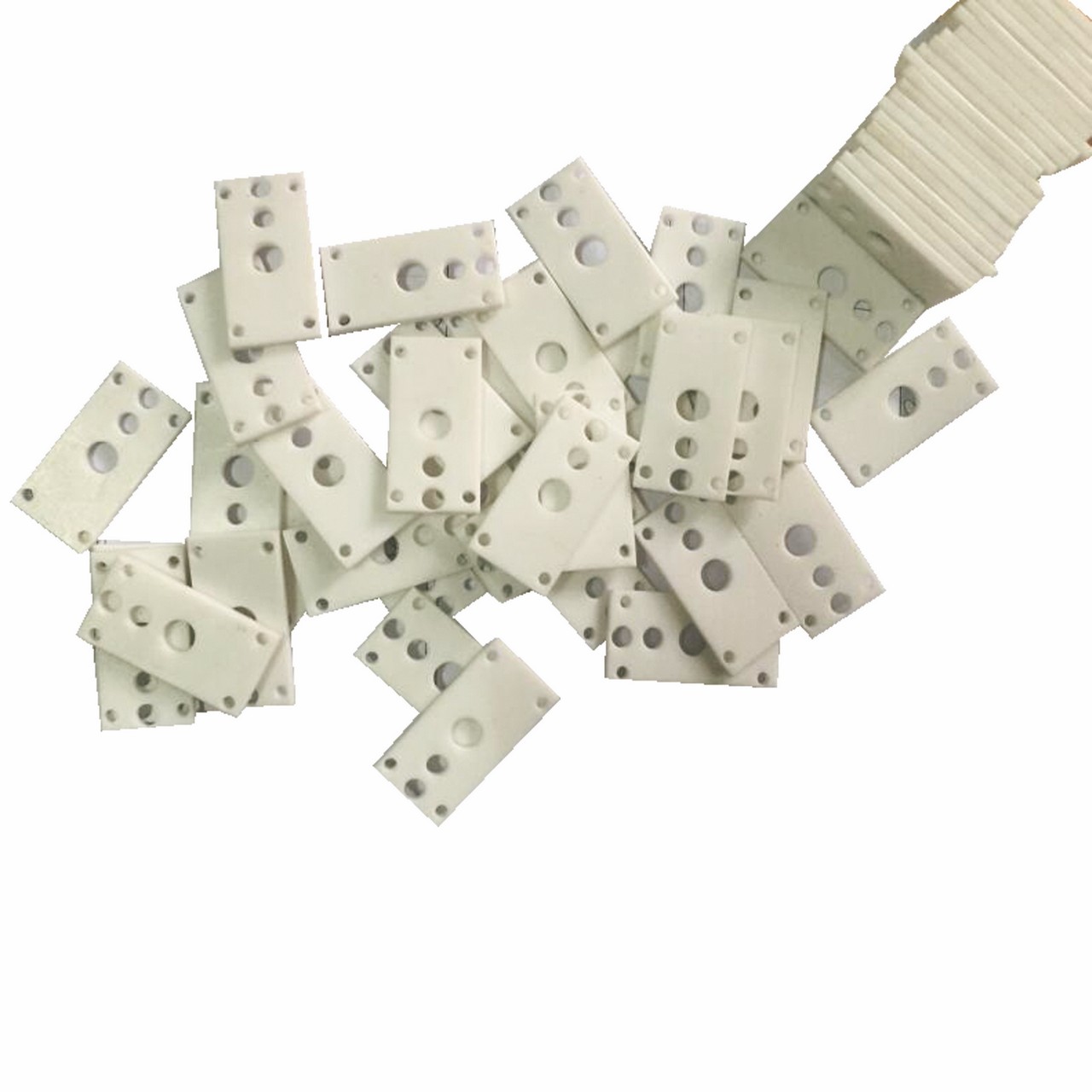
What are Basics of COMPUTER NUMERICAL CONTROL Milling and Transforming?
CNC Turning Equipment
Computer Numerical Handle (CNC) technology has dominated the metallic forming industry recently, as it offers advanced precision and repeatability that can be impossible to achieve with guide processes alone. Along with so many COMPUTER NUMERICAL CONTROL technologies on the market, it could be difficult to distinguish between them and what they are employed for. While there are numerous similarities between COMPUTER NUMERICAL CONTROL milling and switching, there are also distinct, important variations.
Understanding the Variations Between CNC Milling and Turning
Whilst CNC milling is practically synonymous with CNC machining, COMPUTER NUMERICAL CONTROL turning often produces parts faster and much more affordably than milling. CNC milling is restricted to the range of movement of the trimming tools. CNC switching is less good at conserving materials but allows for complex design options and faster procedures.
CNC milling and switching distinctions - Infographic
CNC Milling
Planner Milling & CNC Vertical Milling
CNC milling is a machine process which produces custom-designed parts or components by progressively eliminating material from the workpiece using revolving multi-point cutting tools and computerized regulates. These systems usually have three geradlinig degrees of independence. They can move freely around the X, Y, and Z axes while the workpiece remains stationary. This restricted dimensional functioning reduces the speed of operations, making milling more suited to prototyping and smaller manufacturing runs.
CNC Switching
CNC turning is a manufacturing process which involves holding pubs of fabric in a chuck and rotating them while feeding an instrument to the piece to remove material till the desired condition is achieved. As the desired condition is achieved through the removal of materials, it is also known as subtraction machining.
Horizontal, Straight & CNC Switching
All of the work can be completed from one side if the CNC turning middle has just one turret gun, but some switching centers have a primary spindle and sub-spindle for even faster operation. Along with this configuration, the key spindle partly machines the workpiece, which is then relocated to the sub-spindle to accomplish the job on the other side of the part. The particular speed of COMPUTER NUMERICAL CONTROL turning functions makes it a great process for large manufacturing runs with brief lead times.
COMPUTER NUMERICAL CONTROL Milling and Switching: Applications and Forms of Materials
Production Abilities
The production features of CNC milling incorporate a range of processes, such as:
Chemical
Electric
Mechanised
Thermal
CNC generators provide superior materials conservation efficiency, which contributes to a reduce in material costs on the machine’s life-span. CNC mills fabricate products such as complex short-run manufacturing parts, precision components and parts, and prototype parts.
COMPUTER NUMERICAL CONTROL turning lathes, on the other hands, are employed to carry out functions such as:
Boring
Drilling
Dealing with
Grooving
Knurling
Isolating
CNC milling and turning are employed in several industries, including:
Woodworking
Electrical industry
Electric discharge machining (EDM)
Metal removing (in automotive or manufacturing)
Material fabrication
COMPUTER NUMERICAL CONTROL Machining Services from Technox
Machining software program as COMPUTER NUMERICAL CONTROL milling and COMPUTER NUMERICAL CONTROL turning provide multiple choices for the exact fabrication of components and parts. Every method has the pros and negatives, which makes them well suited for different applications.
Xiejin works one of the greatest machine stores in the bigger Dongguan area. All of us have got features to handle oversized components and a range of value-added services that make all of us a single-source provider for practically any project. We can handle prototyping, large production runs, and everything in between.